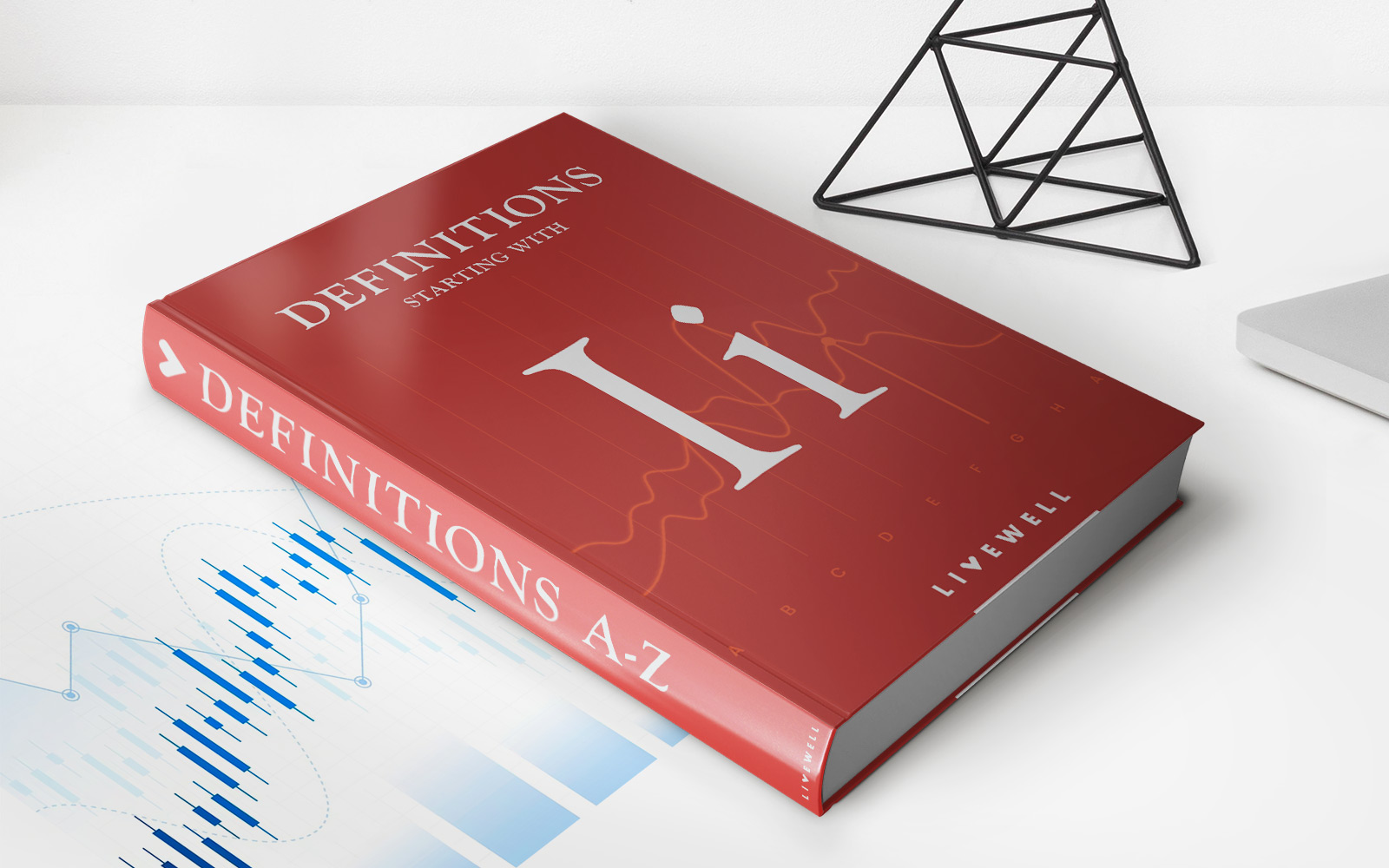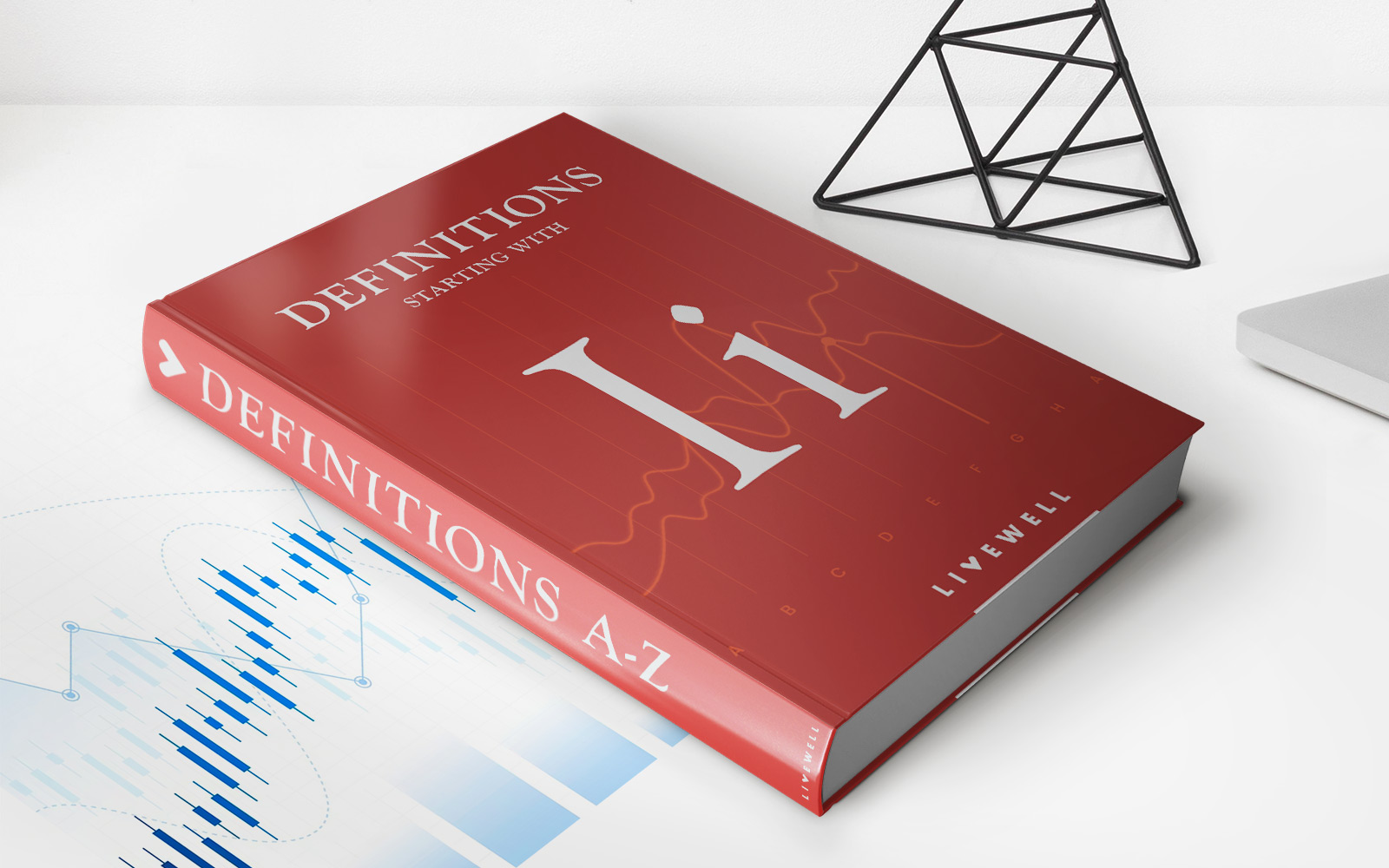Home>Finance>How Much Is The Retirement Pension In Philippines


Finance
How Much Is The Retirement Pension In Philippines
Published: November 27, 2023
Discover how much the retirement pension in the Philippines is and gain insights into managing your finances for a secure future.
(Many of the links in this article redirect to a specific reviewed product. Your purchase of these products through affiliate links helps to generate commission for LiveWell, at no extra cost. Learn more)
Table of Contents
Introduction
Welcome to the ultimate guide on retirement pension in the Philippines. As you plan for your golden years, it’s essential to understand the various aspects of the retirement pension system in the country. Whether you’re already retired or just starting to think about your future, this article will provide you with comprehensive information on how much retirement pension you can expect and the eligibility criteria to qualify for it.
The retirement pension is a financial benefit provided to individuals who have reached the age of retirement and have made contributions to the social security system in the Philippines. It serves as a source of income to support retired individuals in maintaining a decent quality of life.
In this guide, we will cover the eligibility requirements for the retirement pension, the calculation method used to determine the amount you will receive, and any recent updates or changes to the pension scheme. We will also explore additional benefits and incentives that may be available to retirees. Additionally, we will walk you through the application process, ensuring that you are well-prepared to apply for your retirement pension when the time comes.
Retirement is a significant milestone in one’s life, and financial planning plays a crucial role in making it a comfortable and enjoyable period. Understanding the retirement pension system will empower you to make informed decisions about your finances and ensure that you have a secure future after retirement.
So, let’s dive into the world of retirement pension in the Philippines and discover how it can provide financial stability and peace of mind during your golden years.
Eligibility for Retirement Pension
To be eligible for the retirement pension in the Philippines, you must meet certain criteria set by the Social Security System (SSS). These criteria include:
- Age Requirement: The standard retirement age is 60 years old. However, for voluntary retirees, the minimum age is 55 years old. It’s important to note that there is no maximum age limit for retirement.
- Minimum Contribution: You must have paid at least 120 monthly contributions to the SSS before becoming eligible for the retirement pension. These contributions must be made within the prescribed period.
- Stopped Working: You must have reached the age of retirement and have stopped working in gainful employment. This means you should not be actively engaged in any employment or income-generating activities.
It’s important to keep in mind that meeting the age requirement alone does not automatically qualify you for the retirement pension. You must fulfill all the eligibility criteria set by the SSS to receive the pension benefits.
If you have not reached the minimum required contributions or have not yet reached the age of retirement, you may still be eligible for other types of benefits provided by the SSS. These benefits include the lump-sum retirement benefit and the retirement under the special conditions program.
It’s advisable to regularly check your contribution records and ensure that you are on track to meet the minimum requirements for retirement pension eligibility. You can do this by accessing your SSS account online or visiting the nearest SSS branch for assistance.
Now that you understand the eligibility requirements let’s move on to the next section, where we will explore how your retirement pension amount is calculated.
Calculation of Retirement Pension
The amount of retirement pension you are entitled to in the Philippines is determined by the number of contributions you have made to the Social Security System (SSS) and your average monthly salary credit (AMSC). The AMSC is calculated based on your total earnings for a certain period, subject to a maximum limit set by the SSS.
To calculate your retirement pension, the SSS uses a formula that takes into account your number of credited years of service (CYS) and your computed monthly pension. The CYS is the number of years where you have made contributions to the SSS.
The SSS uses a progressive formula for computing the monthly pension amount. The formula ensures that those with more extensive CYS and higher AMSC will receive a higher pension amount. However, there is a cap on the maximum monthly pension, which is adjusted periodically based on the SSS Actuarial Valuation.
It’s important to note that the pension amount is not fixed for life. The SSS may review and adjust the pension amount periodically to keep up with inflation and ensure the sustainability of the pension fund.
To give you a better understanding of the calculation method, here’s a simplified example:
Let’s say you have a CYS of 30 and an AMSC of PHP 20,000. Based on the SSS computation, the monthly pension amount for 30 years of credited service is PHP 10,000. However, if your CYS is lower or if your AMSC is lower, the pension amount will be adjusted accordingly.
It’s important to keep in mind that the computation may vary depending on your specific circumstances, such as the number of credited years and the average monthly salary credit.
As the retirement pension is a valuable source of income during retirement, it’s crucial to plan and make the necessary contributions to ensure a comfortable retirement.
Now that you understand how your retirement pension amount is calculated, let’s proceed to the next section, where we will discuss any recent updates to the retirement pension in the Philippines.
Updates to Retirement Pension Amount
The retirement pension amount in the Philippines is subject to periodic updates and adjustments based on several factors, including inflation, the economic situation, and the actuarial valuation of the Social Security System (SSS). It’s important to stay informed about any updates to ensure you have the most accurate information for your retirement planning.
One significant update to the retirement pension amount occurred in 2019, when the SSS implemented the second tranche of the pension increase approved by the government. This resulted in a PHP 1,000 increase in the monthly pension for eligible retired members.
It’s important to note that these updates are not automatic for all retired members. To qualify for the pension increase, you must have been receiving a monthly pension before the effectivity of the increase, which was on January 1, 1997. Additionally, the increase is applicable only to those members who retired on or before January 1, 2013.
The SSS regularly reviews and adjusts the pension amount to ensure that it remains sufficient to provide retirees with a decent standard of living. The pension increase is a step towards addressing the needs of retired workers and adapting to the changing economic landscape.
To stay updated on any changes or updates to the retirement pension amount, it’s essential to regularly check the official website of the SSS or consult with an SSS representative who can provide you with the most current information.
Remember that the retirement pension amount is an essential part of your financial plan during your retirement years. It’s crucial to factor in any potential updates or updates to ensure accurate financial projections and a comfortable retirement lifestyle.
Now that you’re aware of any recent updates to the retirement pension amount, let’s explore additional benefits and incentives that retirees may be eligible for in the next section.
Additional Benefits and Incentives
Retirees in the Philippines may be eligible for additional benefits and incentives beyond the basic retirement pension. These benefits are designed to provide further support and assistance to retired individuals, ensuring a more comfortable and financially stable retirement.
Here are some of the additional benefits and incentives that retirees can avail themselves:
- 13th-Month Pay: Retirees may receive a 13th-month pay, which is an additional month’s worth of pension, typically given at the end of the year. This additional income can be helpful in managing expenses or enjoying special occasions.
- Annual Increase: The retirement pension undergoes an annual increase based on the actuarial valuation and financial capability of the Social Security System (SSS). This increment ensures that the pension amount keeps up with inflation and maintains its purchasing power.
- SSS Salary Loan: Retirees who are in need of financial assistance can apply for an SSS salary loan. This loan provides a lump sum amount that can be used for various purposes, such as medical expenses, home repairs, or personal needs.
- PhilHealth Coverage: As a retiree, you are entitled to continue your PhilHealth coverage. PhilHealth provides health insurance benefits, ensuring that you have access to medical services and assistance during your retirement years.
- Special Discounts: As a senior citizen, you can enjoy special discounts on various goods and services, including transportation, utilities, medicines, and dining. These discounts can help stretch your budget and make retirement life more affordable.
These additional benefits and incentives serve as valuable support systems for retirees, providing them with financial security and access to essential services. It’s essential to stay informed about these benefits and take advantage of them to maximize your retirement income and improve your quality of life.
Now that you understand the additional benefits and incentives available to retirees, let’s move on to the next section, where we will discuss the application process for the retirement pension.
Application Process for Retirement Pension
Applying for the retirement pension in the Philippines is a straightforward process. Follow these steps to ensure a smooth application:
- Check Eligibility: Before applying, make sure you meet the eligibility requirements, including reaching the retirement age, meeting the minimum contribution requirement, and having stopped working.
- Prepare Required Documents: Gather the necessary documents, which typically include your identification cards, SSS ID, birth certificate, employment history, and proof of contributions. Ensure that you have both original copies and photocopies of these documents.
- Submit Application: Visit the nearest Social Security System (SSS) branch and submit your application for the retirement pension. Fill out the necessary forms and provide all the required documents. A representative will guide you through the process and assist with any questions or concerns you may have.
- Wait for Processing: Once you have submitted your application, the SSS will process your request and verify the information you provided. This process may take some time, so be patient and follow up with the SSS if necessary.
- Receive Retirement Pension: If your application is approved, you will start receiving your retirement pension on a regular basis. The pension is typically disbursed either through direct deposit to your bank account or through an SSS-issued check.
It’s important to note that the application process may vary slightly depending on your specific circumstances. If you have any doubts or questions, it is advisable to consult with an SSS representative or visit the SSS website for more information.
Keep in mind that it’s crucial to apply for the retirement pension as soon as you become eligible. Delaying the application may result in a delayed start of benefit payments, so it’s best to plan ahead and initiate the application process promptly.
Now that you know how to apply for the retirement pension, let’s delve into some frequently asked questions about retirement pension in the Philippines.
Frequently Asked Questions (FAQs)
Here are some commonly asked questions about retirement pension in the Philippines:
- 1. Can I receive the retirement pension if I haven’t reached the minimum required contributions?
- 2. Is the retirement pension a one-time payment or a monthly benefit?
- 3. Can I still work and receive the retirement pension?
- 4. Can I apply for the retirement pension online?
- 5. Is the retirement pension subject to taxation?
- 6. Can I receive the retirement pension if I am already receiving other government benefits?
No, you must have at least 120 monthly contributions to the Social Security System (SSS) to be eligible for the retirement pension.
The retirement pension is a monthly benefit paid to eligible retirees. It provides a regular income source to support you during your retirement years.
Yes, you can still work and receive the retirement pension. However, there are limitations on the type of work and earnings you can have while receiving the pension. It’s important to check the rules and regulations set by the SSS to ensure compliance.
Yes, the SSS provides online facilities where you can apply for the retirement pension. Visit the SSS website and follow the instructions for online applications. However, some documents may still require physical submission.
As of now, the retirement pension in the Philippines is not subject to income tax. However, it’s always advisable to stay updated on tax laws and reforms, as they can change over time.
Yes, you can receive the retirement pension even if you are already receiving other government benefits, such as the Social Amelioration Program (SAP) or the Pantawid Pamilyang Pilipino Program (4Ps). These benefits are separate and independent.
These are just a few of the frequently asked questions about retirement pension in the Philippines. If you have more specific queries or concerns, it’s recommended to reach out to the SSS or consult with a financial advisor to get accurate and up-to-date information.
Now, let’s wrap up this guide on retirement pension in the Philippines.
Conclusion
Planning for retirement can be an overwhelming task, but understanding the retirement pension system in the Philippines is a crucial step towards achieving financial security during your golden years. In this comprehensive guide, we have explored the eligibility criteria, the calculation method, updates to the retirement pension amount, additional benefits and incentives, the application process, and answered some frequently asked questions.
Remember, to be eligible for the retirement pension, you must meet the age requirement, have made the minimum required contributions, and have stopped working. The amount of your retirement pension is calculated based on your credited years of service and average monthly salary credit. Recent updates have been made to provide additional monthly pension increments for eligible retirees.
In addition to the retirement pension, retirees can benefit from extras such as the 13th-month pay, annual increases, SSS salary loans, PhilHealth coverage, and special discounts. Knowing these benefits can enhance your financial stability and quality of life during retirement.
Applying for the retirement pension involves gathering the necessary documents and submitting an application to the Social Security System (SSS). It’s important to initiate the process as soon as you become eligible to avoid delays in benefit payments.
We hope this guide has provided you with valuable insights into the retirement pension system in the Philippines. Remember to stay informed about any updates or changes to ensure accurate planning for your retirement. If you have specific questions or concerns, reach out to the SSS or consult with a financial advisor for personalized guidance.
As you embark on your retirement journey, may your retirement pension and additional benefits provide you with financial security, peace of mind, and the ability to enjoy a fulfilling and comfortable retirement.














